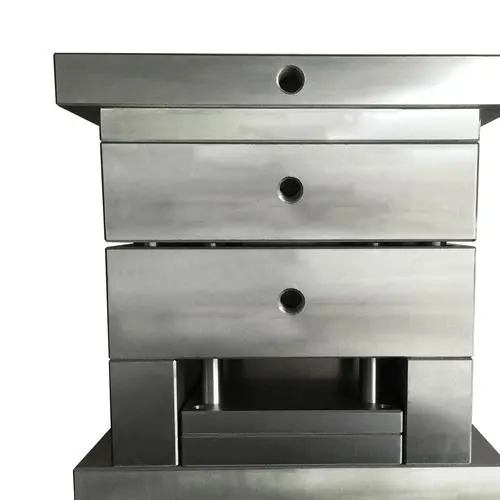Mold Base Durability: Why Material Matters
Understanding Mold Bases
A mold base is a critical component in the manufacturing process of various products. It serves as a foundation for the mold and helps in shaping the material into the desired form. The durability of a mold base is essential for effective production, as it impacts the overall quality of the final product. Therefore, understanding the materials used in mold bases is crucial.
Importance of Material Selection
The choice of material for a mold base significantly affects its durability and performance. Here are some factors to consider:
- Strength: The material must withstand various forces during the molding process.
- Heat Resistance: Molding often involves high temperatures, so materials should manage heat without deforming.
- Corrosion Resistance: Molds can be exposed to moisture and chemicals; thus, materials should be resistant to corrosion.
- Cost-Effectiveness: While high-performance materials are ideal, manufacturers must also consider budget constraints.
- Availability: Materials need to be readily available to avoid delays in production.
Common Materials for Mold Bases
Several materials are commonly used to manufacture mold bases, each offering unique benefits:
- Steel: Steel molds are known for their strength and durability, making them suitable for high-precision requirements.
- Aluminum: Aluminum is lighter than steel and provides good thermal conductivity, which helps in quick cooling of molded products.
- Plastic: Plastic mold bases are often used in lower-cost applications but may not provide the same durability as metal options.
- Composite Materials: These combine various materials to enhance performance, balancing durability, weight, and cost.
The Impact of Poor Material Choices
Choosing the wrong material for a mold base can lead to significant consequences, including:
- Increased Production Costs: Frequent repairs or replacements can drive up costs.
- Lower Quality Products: Inconsistent mold bases can lead to defects in the final products.
- Reduced Production Speeds: Molds that fail frequently can slow down the entire manufacturing process.
- Higher Maintenance Needs: More time and resources may be needed for upkeep if inferior materials are used.
Strategies for Choosing the Right Material
To ensure you select the best material for mold bases, consider the following strategies:
- Evaluate Your Needs: Analyze the specific requirements of your production process.
- Consult with Experts: Seek advice from material scientists or engineers familiar with mold designs.
- Prototype Testing: Create prototypes to test different materials before full-scale production.
- Continuous Research: Stay updated on new materials and technologies that could improve mold durability.
Conclusion
In conclusion, the material chosen for mold bases plays a pivotal role in determining their durability and ultimately affects the quality and efficiency of the manufacturing process. It is essential to select materials based on the specific needs of the production to avoid common pitfalls associated with poor material choices. By evaluating the necessary factors, exploring common materials, and employing effective selection strategies, manufacturers can enhance their mold base durability, leading to improved productivity and product quality.

